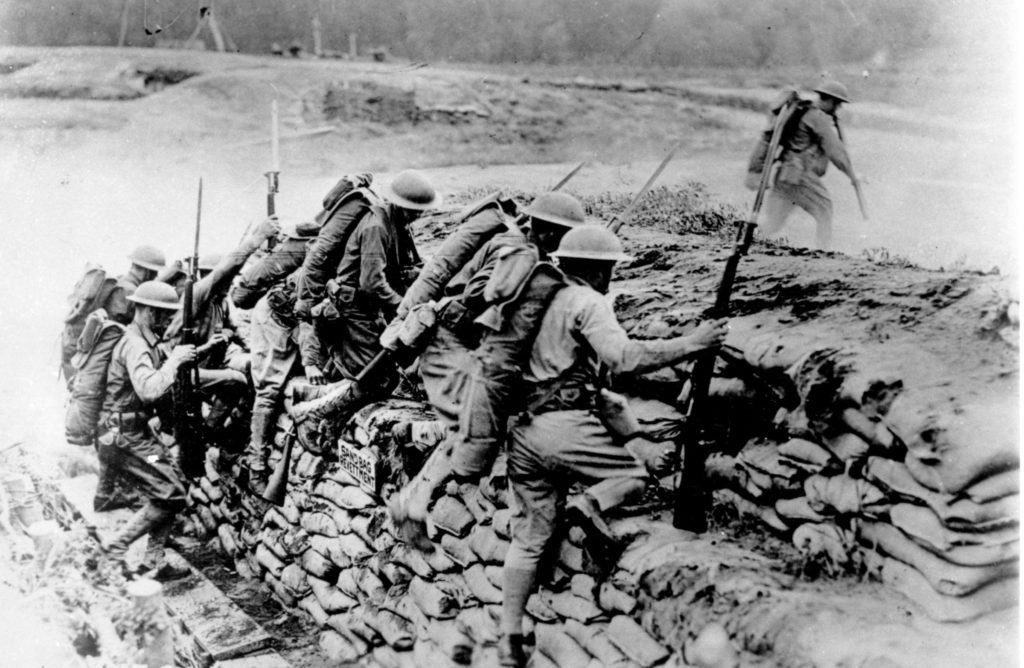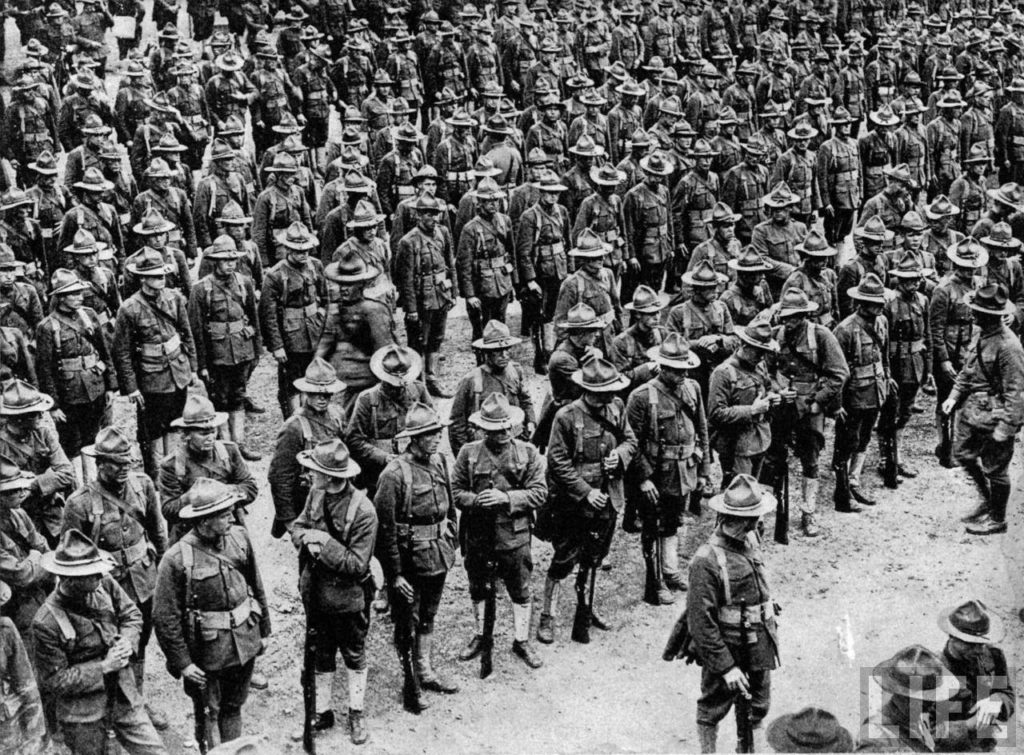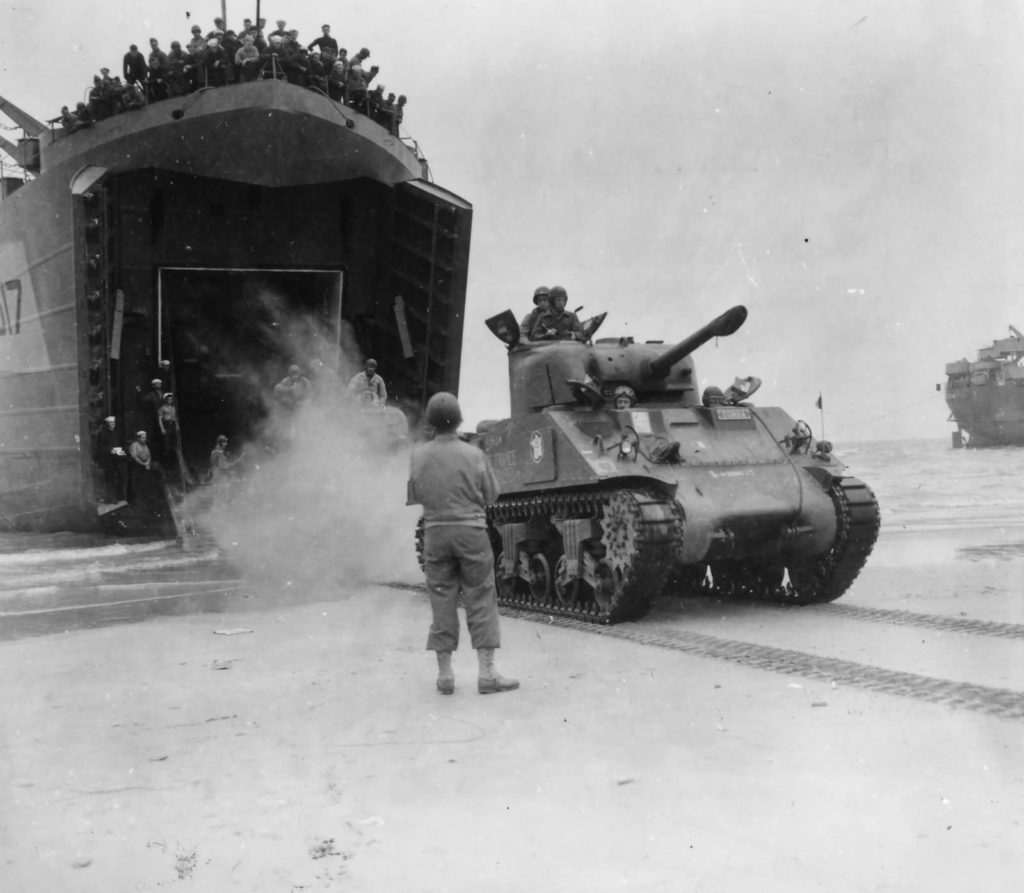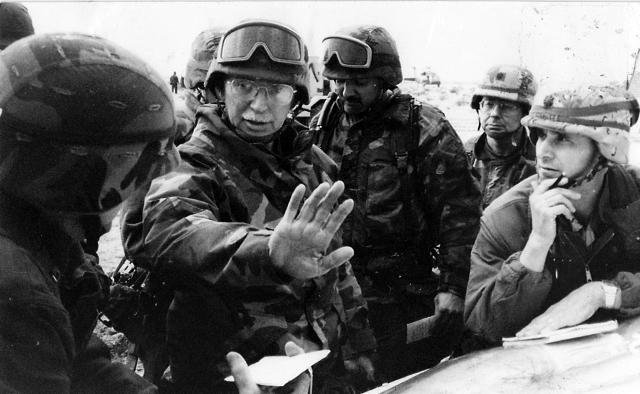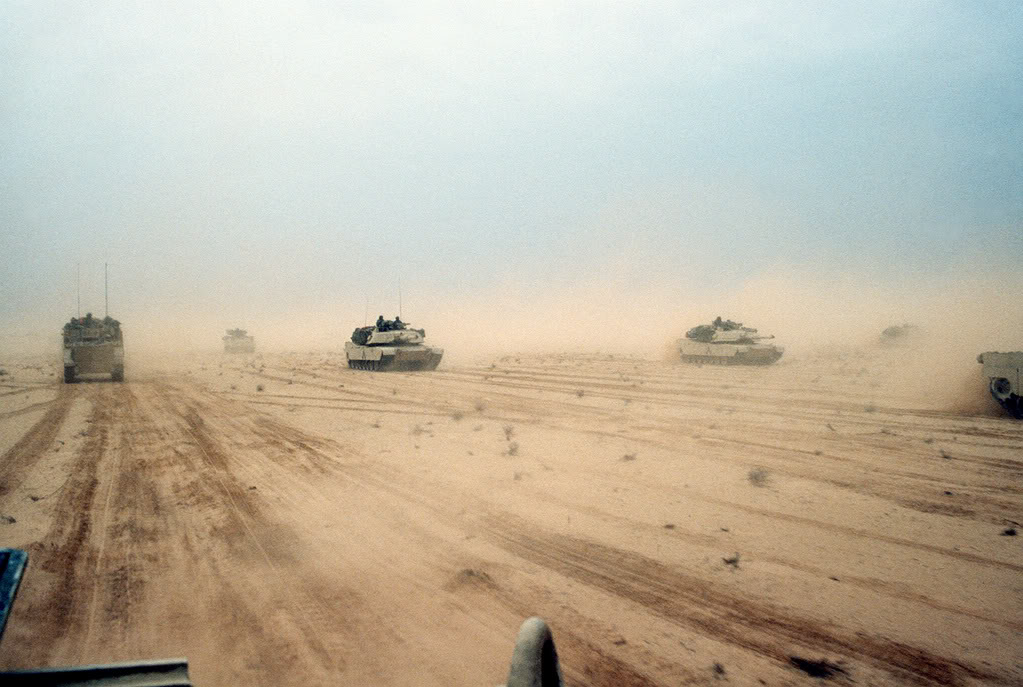 |
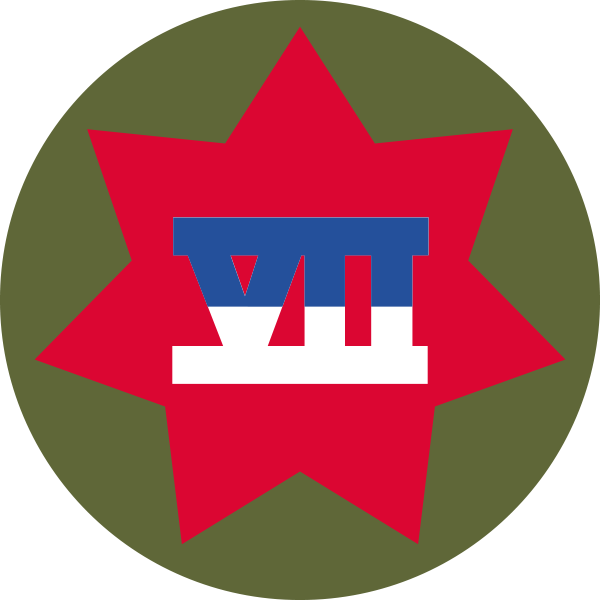 |
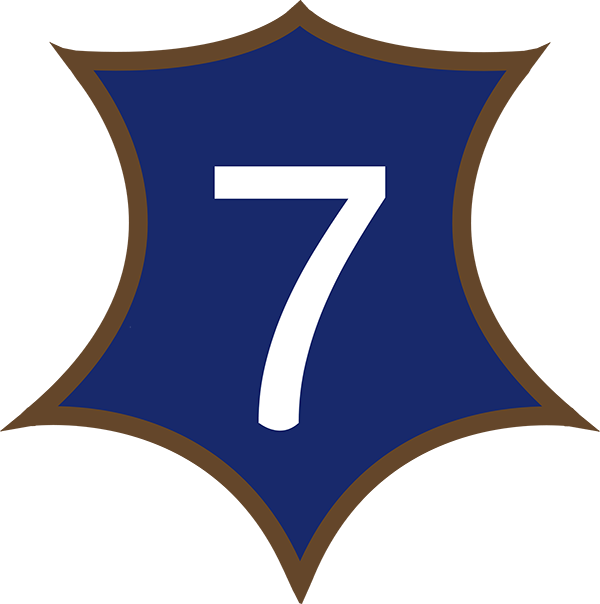 |
| Civil War | Since 1944 | Spanish American War |
The proud tradition of service of the U.S. Army VII Corps, one of our most storied combat formations, began in the nineteenth century and spans from actions during the American Civil War to its support of veterans and their families today. During the Civil War, VII Corps was twice established — once in support of operations in Virginia and again in support of the Union Army’s campaign in Arkansas. VII Corps was later called upon to serve in Cuba, contributing to the occupation of Havana, supporting U.S. efforts during the Spanish American War.
August 19, 2018 is a day of great importance as we commemorate the 100th Anniversary of the third activation of this great Army Corps as it was called upon once again–this time to serve with distinction in World War I. The VII Corps was activated in Remiremont, France, under the command of MG William M. Wright, as part of the expanding role of the American Expeditionary Force (AEF). The Corps operated as part of the French Seventh Army for the remaining months of World War I, and in the months following the end of the war, performed occupation duties along the German border in the vicinity of Bitburg and Trier. On 11 May 1919, as part of the withdrawal of U.S. Army soldiers from Europe, VII Corps was inactivated.
On 25 November 25, 1940, as the clouds of war once again loomed, VII Corps was reactivated at Ft. McClellan, Alabama. The Corps initially operated as a training command for U.S. Army National Guard divisions and participated in the famed Louisiana Maneuvers as the “Red Force” in July 1941. Subsequently, VII Corps transferred to San Jose, California where it assumed responsibility for further divisional training and coastal defense. After the attack on Pearl Harbor and U.S. declaration of war, VII Corps moved to Jacksonville, Florida. In September 1943, the Corps deployed to the United Kingdom to prepare for the invasion of Europe, and on 14 February, MG J. Lawton Collins assumed command of the Corps, a position he held until the end of WW II. VII Corps, also known as “Assault Force U,” was one of the units selected for the June 6, 1944 D-Day assault at Utah Beach on. Subordinate units included the 4th, 7th, 9th and 90th Infantry Divisions; the 82nd and 101st Airborne Divisions; the 4th Cavalry Group and the 6th Armored Group, as well as VII Corps support units. The Corps subsequently led the breakout from the Normandy beachhead as part of “Operation COBRA.” It ended that successful attack with the closing of the Falasie-Agentain Pocket on August 17, 1944. Then part of First Army, elements of VII Corps raced northward across France , engaging the retreating German forces defending the Siegfried Line (German West Wall) in the Huertgen Forest. Pulled out of line in response to the German December offensive, VII Corps moved westward, establishing part of the first defensive line and subsequent counterattack to eliminate German forces in the Battle of the Bulge. The Corps went on to lead attacks into the heart of Germany, ending with the final defeat of the German forces in June 1945.
On June 11, 1945, with the successful conclusion of the war, VII Corps was declared non-operational, and her soldiers redeployed home. In 1950, the Army re-activated VII Corps as one of the two Corps to be stationed in Germany as part of the Cold War deployment of U.S. Forces. For the next 40 years, VII Corps served in Germany as a bulwark against Soviet aggression in western Europe.
The August 2, 1990 invasion of Kuwait by Iraqi forces under Saddam Hussein, set in motion a new chapter for VII Corps. The United States responded by sending troops to Saudi Arabia, supporting a coalition to evict the Iraqi Armed Forces from Kuwait. By late October 1990, it became clear that more forces were needed. The VII Corps, commanded by Lieutenant General Fred Franks, began the planning required to redeploy from their forward bases in Germany, to the Central Command’s Area of Responsibility. For the first time in U.S. history, a forward deployed unit of this size, with the families and dependents forward stationed with them, answered our nation’s call to serve on the world stage. In a herculean effort of detailed coordination, the 1st and 3rd Armored Divisions; 2nd Armored Division (Forward) and 1st Infanrty Division (Forward); together with the 2nd Armored Cavalry Regiment; the VII Corps Headquarters; and numerous separate brigades and supporting troops deployed from Germany to Saudi Arabia. Simultaneously, the remainder of the 1st Infantry Division deployed from the United States to join the Corps, and subsequently, the United Kingdom 1st Armored Division and U.S. 1st Cavalry Division joined for the decisive land battle.
The air campaign commenced on January 17, 1991, and by the beginning of February, the bulk of VII Corps had moved into the desert assembly areas and then forward into attack positions. A last-minute change, resulting in advancing the VII Corps attack by 24 hours, meant that VII Corps launched its land attack at 1430, February 24, 1991. After an attack of 250 kilometers and 89 hours of unrelenting combat during which the VII Corps fought and decisively won the Battle of Northern Kuwait and Southeastern Iraq, the largest tank battle in the history of the US Army, the Corps once again showing its mettle and distinguishing itself in combat, reached the Euphrates River line, and the Iraqis requested an armistice. Following the cease-fire, VII Corps conducted humanitarian operations in occupied Iraq until UN resolution 687 passed on 3 April 1991. VII Corps was subsequently ordered to withdraw from Iraq.
On April 15, 1992, as a result of the fall of the Soviet Union and subsequent reduction of forces in the European theater of operations, VII Corps was inactivated in Stuttgart, Germany. VII Corps stands ready to return to active duty and serve our Nation and our people once again in peace and in war.

